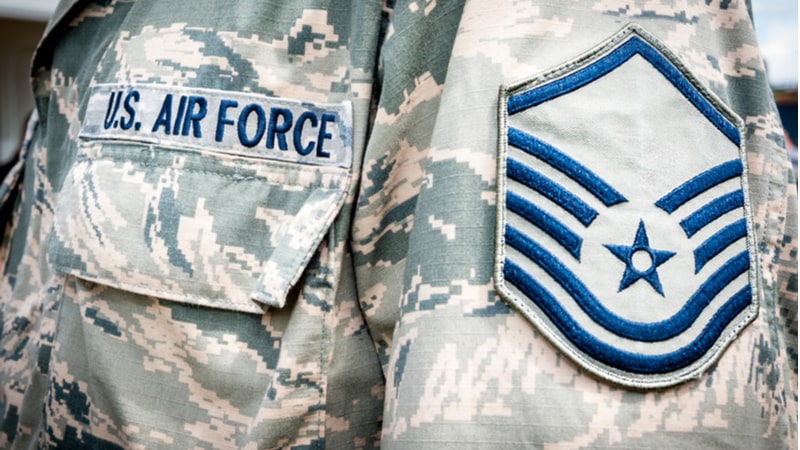
The United States Air Force (USAF) – like the rest of the Federal government – has focused a great deal of energy on IT modernization. Those efforts resulted in the sunsetting of 221 legacy IT systems over the past four years, a USAF official shared along with other insights during the inaugural Coffee Chat event organized by MeriTalk and Amazon Web Services.
Edwin Oshiba, USAF’s director of resource integration in the Office of Deputy Chief of Staff for Logistics, Engineering, and Force Protection, said the moves to reduce legacy systems have allowed USAF to avoid more than $300 million in “recapitalization costs,” and get rid of a lot of technical debt.

“You need to have a certain amount of stamina and perseverance if you’re going to see things through,” Oshiba said. “We all kind of have a saying in the Pentagon … we’re not running a sprint here; we’re running a marathon and part of it requires patience.”
The need for modernization is not just a concern at USAF. In fact, around 54 percent of Department of Defense’s (DoD) mission-related tech needs to be either updated or replaced, according to a study of more than 100 DoD IT leaders conducted by MeriTalk and AWS this spring.
A large portion of DoD command and control systems are also in need of modernization, with 87 percent of systems in need of modernization. Survey respondents also said the modern systems help accelerate information sharing, enhance cybersecurity, and improve decision-makers’ ability to make timely and informed decisions on the battlefield.
Oshiba said one of the biggest things slowing IT modernization at USAF is the need for a culture change. He said there are times where service members get so attached to a technology or app that they are hesitant to accept anything new.
“Culture change is something that you really have to work hard on if you want to overcome and get people to shift and move toward the new. So that’s something we work hard at,” Oshiba said.
Cedric George, director of Department of Defense Strategic Business Development at AWS, was formerly director of logistics for USAF, and similarly found culture change to be one of the biggest barriers to IT modernization. One of the reasons for that, he said, is simply the broad span of generations serving in the Air Force currently.
“When you say culture that’s broad … we have several cultures,” George said. “In fact, I heard it said we have at least four generations serving in the Air Force right now.”
“The culture is really trying to understand the importance of data to the mission. They need the ability to gain rapid insights from their vast stores of data,” George added. “If you don’t do that … the Air Force will be at an operational disadvantage.”
While culture has made it more difficult to move towards modernization, Oshiba held up the shift to telework during the COVID-19 pandemic as proof the USAF can make rapid changes when it is necessary for the mission.
“The pandemic actually pushed us in a direction that we needed to be pushed in,” Oshiba said. “We learned how to embrace virtual meetings and that it’s very okay to have them. Not everybody needs to be in the office … eight hours a day, five days a week.”
“We can get our business done using all these virtual tools that frankly have been around for a while,” he continued. “And we just have been maybe slow adopters to it because … we kind of like status quo.”
“We’ve got to pick up the pace,” George added. “It’s not an option for us to transform – it’s essential. This is an existential threat to the nation and to the Air Force if we do not transform like [Oshiba] is talking about.”
To hear the full conversation between Oshiba and George, register to watch the full AWS Coffee Chat, and be on the lookout for more AWS Coffee Chats in the future.
